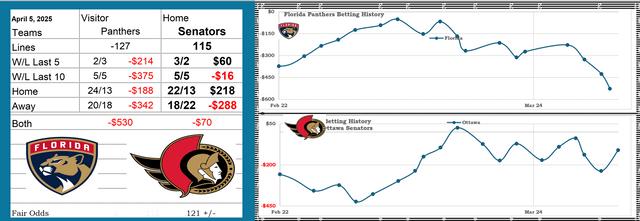
We all know the intriguing world of the NHL No-Movement Clause, right? Yeah, it’s that tricky little line in some players’ contracts that can make or break a team’s plan. What’s the big deal, you ask? Well, let’s dive into it and break this down. Think of it like adding a lock on certain trades; teams can’t just move players willy-nilly. For the fans, it’s like keeping your favorite player in one spot, at least for a while.
What is an NHL No-Movement Clause?
A no-movement clause is like giving a player the ultimate remote control. With this clause, players get a say in where they end up next. Say goodbye to surprise trades! It ensures that athletes won’t find themselves packed for a new city overnight. This tiny, yet mighty component empowers players, letting them maintain stability in both life and career, much like anchoring a boat during a storm.
Why Do Players Need It?
Ever wonder why players cling to the NHL No-Movement Clause like it’s their lifeline? Every pro has a family, life, or favorite coffee spot they don’t want to ditch unexpectedly. Who could blame them?
- Stability: The clause offers stability. Imagine picking up your life every few months!
- Control: Players get to play according to their own terms, a luxury in any sport.
- Legacy: Ensures that a player’s legacy stays intact, tying them with a team and fanbase.
Remember, though, not every player gets this golden ticket; it’s typically more seasoned or high-value players who command this right.
The Team’s Perspective
From a team’s angle, this clause can be a double-edged sword. It may limit flexibility in trades, but it’s also a way to keep talent grounded. Think of it as the team’s way of saying, “We trust you; stay with us,” creating both an anchor and a hurdle at the same time.
Pros and Cons of the NHL No-Movement Clause
Below is a simple table, because who doesn’t love a good pro-con list?
| Pros | Cons |
|---|---|
| Player loyalty | Limits team flexibility in trades |
| Long-term strategy | Might increase a player’s negotiating power too much |
| Strong player-team relationship | Can hinder rebuilding efforts |
Impact on Team Dynamics
The NHL No-Movement Clause is a game-changer for team dynamics. It guides future planning and team spirit. Players with this clause may even become unofficial leaders or pillars of the locker room.
Impact on Strategies: Teams must maneuver around these clauses when crafting strategies. Intricate planning becomes key, as these are like the chess pieces you can’t take off the board without asking first.
Personal and Financial Insights
Is it just about where you live? Nope. Money plays a big role. Contracts with no-movement clauses often fetch higher salaries. They require sharper negotiation skills. Imagine handling high-stakes bargaining when every comma can shift your career.
Players with Notable Clauses
You might wonder, who exactly has these mystical clauses? Think Mitch Marner, among others. Marner’s situation sheds light on how these agreements impact not only his life but also the larger landscape of the league. Players with such arrangements must navigate a balance of team loyalty and career ambition.
The Influence of NHL No-Movement Clauses on Trades
Trade deadlines can turn into a frenzy, like Black Friday in November. Everyone’s scrambling—teams are checking lists (maybe twice), and players are praying for no surprises. A no-movement clause is like a suit of armor in these chaotic worlds.
Conclusion
In the end, the NHL No-Movement Clause isn’t just a legal formality but a crucial tool in shaping the sport’s landscape. It influences decisions, strategies, and sometimes the heartbeat of a team. As we follow our favorite teams and players, understanding these clauses adds another layer of depth to the game. It’s like knowing the secret ingredient in your favorite dish.
If you’re curious about more NHL dynamics or need some solid game predictions and picks, head over to NHL Predictions Picks. They’ve got the scoop on what’s next in hockey!








